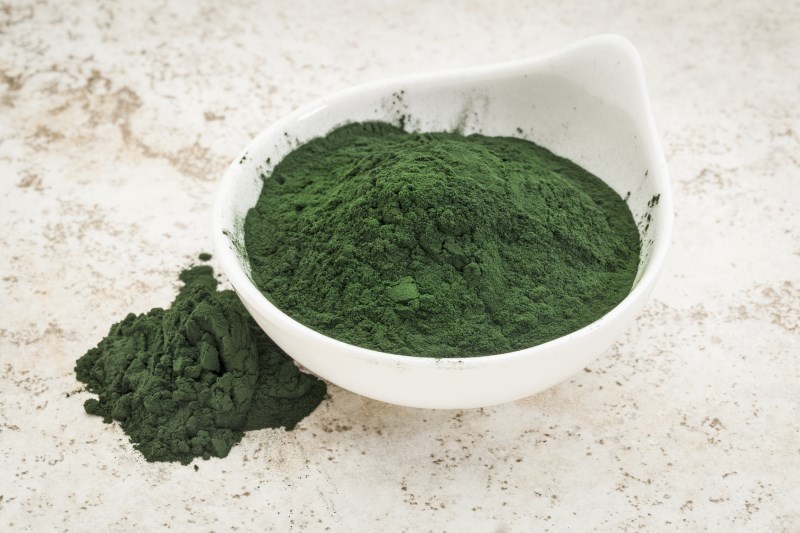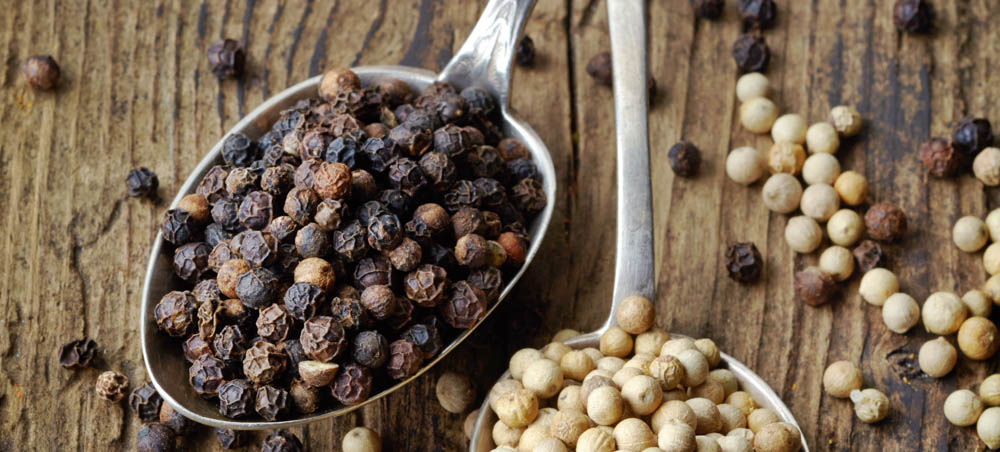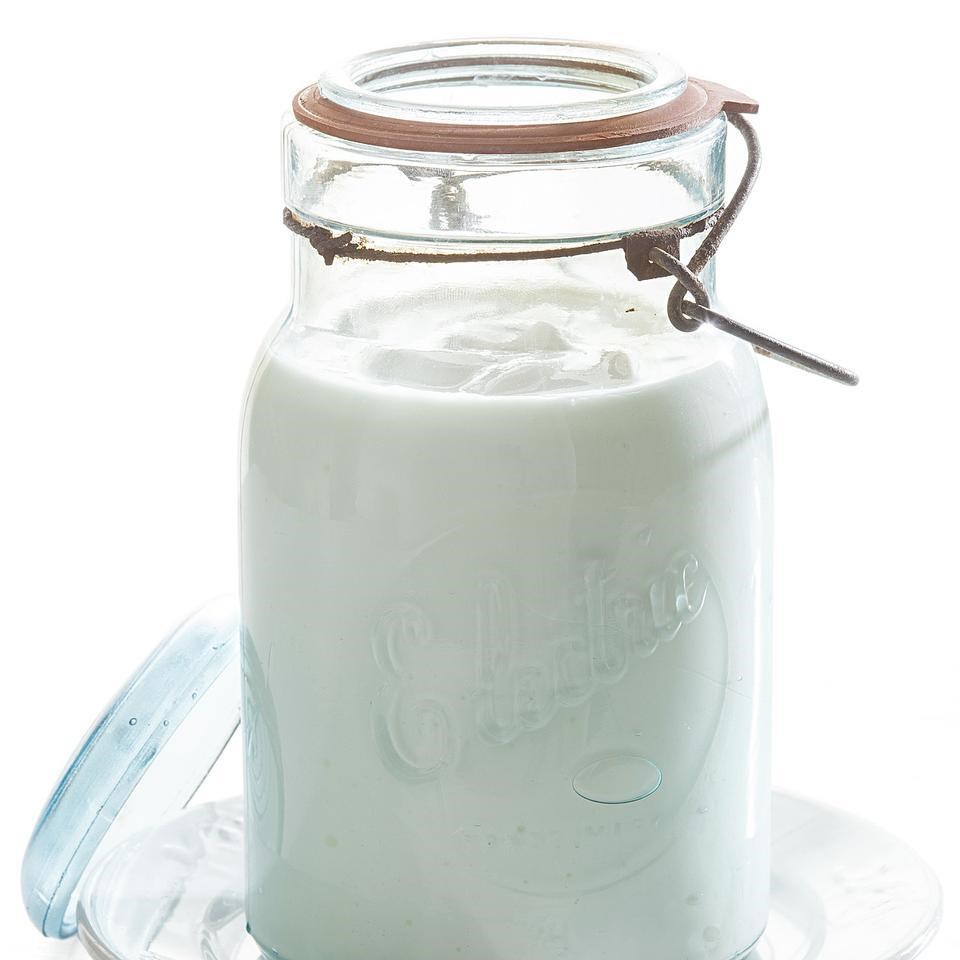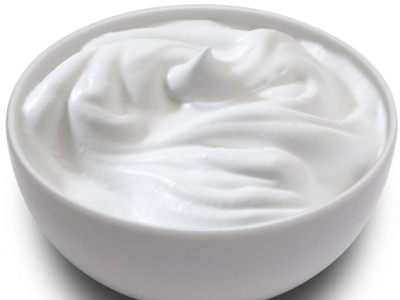Spirulina is one of the nutraceuticals that I started to include in my diet since a year ago.
Spirulina often gets misclassified as an herb because of its amazing health promoting properties, but it’s actually a bacteria, or a blue-green algae that’s found in pristine freshwater lakes, ponds, and rivers. It is most commonly recognized as one of the world’s most nutritionally complete superfoods, as it offers health benefits to practically every organ and bodily function. Today, popular lifestyle personalities endorse Spirulina as a secret, potent “superfood,” and a “miracle from the sea.”

Spirulina was once classified as a plant because of “its richness in plant pigments as well as its ability of photosynthesis,” according to a study published in the journal Cardiovascular Therapeutics. New understanding of its genetics, physiology and biochemical properties caused scientists to move it to the Bacteria kingdom and the Cyanobacteria phylum.
According to the FDA, Spirulina contains significant amounts of calcium, niacin, potassium, magnesium, B vitamins and iron. It also has essential amino acids (compounds that are the building blocks of proteins). In fact, protein makes up about 60 to 70 percent of Spirulina’s dry weight.

How well researched are the benefits and risks of spirulina?
Most of the studies that have been conducted to date have been either on animals or in small human trials, so more research is needed before any health claims relating to spirulina can be confirmed.
Reduces blood glucose levels and cholesterol – There has been some research into the benefits of spirulina and its positive effects on blood glucose levels. In 2017 a paper was published which demonstrated that spirulina decreased blood glucose levels in diabetic mice and the researchers suggested that this may be beneficial in the future to those with type 1 diabetes. This is further supported by another study in the Journal of Medicinal Food that found spirulina supplementation of 2g a day for 2 months on 25 individuals with type 2 diabetes helped control blood sugar levels and improved their lipid profile. However, more research is needed before we can say for sure that spirulina is helpful in managing conditions such as diabetes.

One 2008 study tested Spirulina’s lipid-lowering effects on 78 adults, ages 60 and 87. The volunteers took 8 grams of Spirulina supplements, or a placebo, a day for 16 weeks. At the end of the study, there were significant reductions in cholesterol among those who were treated, according to the abstract published in Annals of Nutrition and Metabolism.
Reduces risk factors for cardiovascular diseases– A 2010 study on rabbits found that spirulina had anti-atherogenic effects (reducing the build-up of plaque within arterial walls) even when fed a high cholesterol diet.
Reduces anemia – There is also some evidence that spirulina may help reduce anaemia, although more research is required. One study on 40 older people with a history of anaemia found that supplementing with spirulina helped improve the haemoglobin levels in red blood cells.
Improves muscle strength and exercise performance – There have also been a few trials into spirulina supplementation in sport, and early evidence that it may help improve both muscle strength and exercise performance.
Oxidative stress protection – Spirulina contains a phytonutrient known as c-phycocyanin, which also gives it a deep green/blue colour. Research has suggested that this phytonutrient has potential benefits, including anti-inflammatory properties, oxidative stress protection and neuroprotective qualities.
Removes toxins from body – According to one study, spirulina is capable of treating arsenic poisoning. Because high concentrations of arsenic are consumed by drinking water worldwide, Bangladeshi researchers conducted a three-month study. 34 patients suffering from chronic arsenic poisoning were given spirulina, whereas 17 patients received placebos. Results show that spirulina mixed with zinc twice daily for 16 weeks caused a substantial improvement in symptoms. This proves that spirulina is a powerful detoxifier, which is owing to high levels of chlorophyll and its ability to remove toxins from the blood and improve bowel and liver function.
Fights allergies – millions of people are having problems and irritations from allergies to dust mites, pet dander, pollen, and many more. If you are having symptoms like stuffy nose, watery eyes, or itchy throat, there is no doubt you are suffering from one of those irritants.
Animal studies suggest that spirulina stops the release of histamine, which is responsible for symptoms of allergic rhinitis.
According to human studies, spirulina consumption improved symptoms like sneezing, nasal congestion, nasal itching, and nasal discharge when compared to the placebo group.
Precautions and issues to be aware of
As with anything, you can have too much of a good thing and that also holds true for spirulina. Though you may enjoy adding it to your diet and be open to the many health benefits it offers, you also don’t want to overdo it. Taking the proper dosage, which really is centered around 1-2 teaspoons per day, is recommended. Going over that may cause upset stomach or have adverse effects, which, of course, is never ideal.
As mentioned before, you want to be very careful about where the spirulina comes to you from. In research, it was found that this type of algae in particular can absorb the materials that it grows within. If it grows in certain waters, then this may mean that the spirulina can get contaminated with these potentially toxic substances.
Much of the research has pointed to the biggest problem areas being from waters in and around Japan and China. Some of the potentially toxic substances may include lead, which can cause long-term damage to both children and adults. Know where your spirulina is coming from and go for something outside of these identified problem areas.
Also be sure that it’s a natural product because if you go with a blend, you may never be sure of what else is included within. Always opting for organic can also ensure that you get the highest-quality product.
Be sure of what you are getting with this or any other natural product where the health standards aren’t necessarily in place to mandate the quality that you think you’re getting. Take your time when you begin taking spirulina because you should want to see how your body will react.
If you have a seafood allergy, you’d want to avoid these algae as it can cause an allergic reaction. If you have other health problems, make sure that spirulina is safe for you to take. For most people, this high protein superfood can be an excellent supplement, but just be sure that you don’t have any potential complications that may interfere with its effectiveness.
Gradually increase your spirulina intake in small quantities and be sure that it doesn’t cause an upset stomach.
In the end, you may find that you enjoy it and the health benefits so much that it’s well worth it.
Always remember that spirulina should come from the right source and that it should be pure, natural, and organic.
Are there any side effects of spirulina?
Spirulina also contains salt. One 5g teaspoon contains 0.13g of sodium which counts towards 2% of the recommended daily allowance (RDA) for adults. If you know salt is an issue for you, or you have high blood pressure then always check with your GP before supplementing. Others who should check with their GP before taking spirulina include those taking prescription medication, pregnant or breastfeeding women and anyone younger than 18.
Those with the condition called phenylketonuria (PKU) should avoid spirulina completely as it contains an amino acid called phenylalanine which they cannot metabolise, as should anyone with an autoimmune condition such as rheumatoid arthritis, lupus or multiple sclerosis.
















